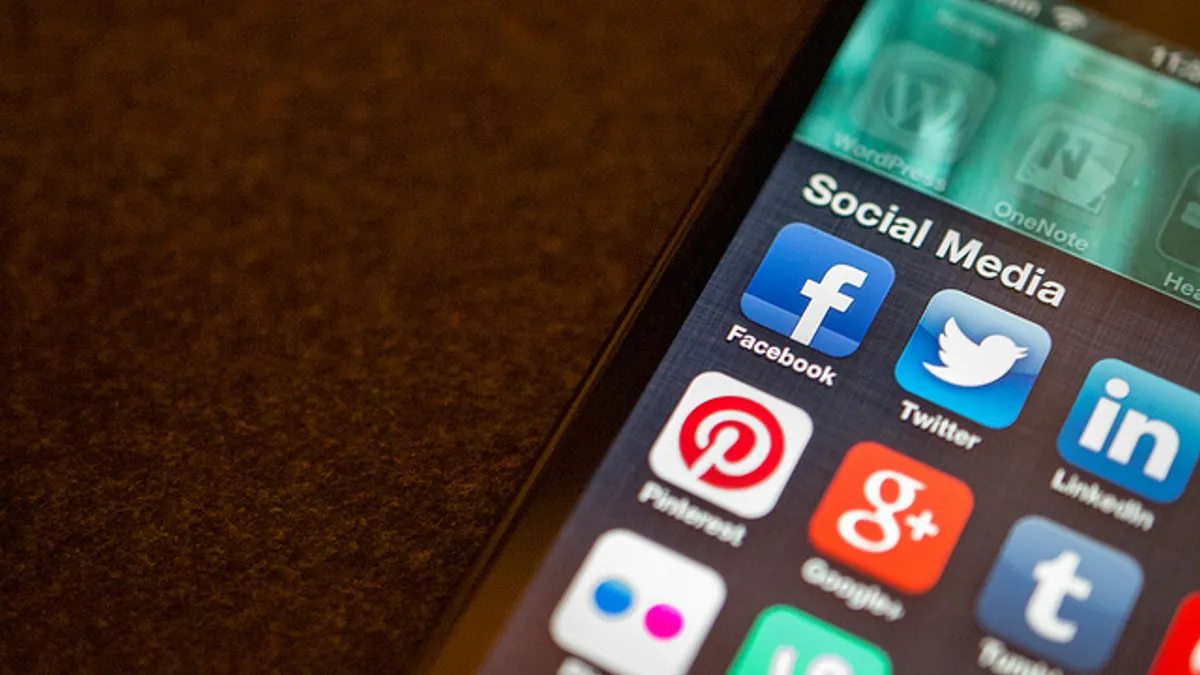Facebook turned 10 this year, a decade in which the social network revolutionized how people interact with one another.
During this time, Facebook has tried to leverage its usefulness to businesses, but has faced a host of challenges. Although the company calmed down investors somewhat when it finally figured out how to monetize its mobile use, without the ability to expand ad sales the social network will fail to live up to the confidence reflected in its sky-high $150 billion valuation.
The relationship between marketers and Facebook continues to be unwieldy, however. A recent report found that only 34% of marketers believe their efforts on Facebook are working for them, even though they continue to use it. At least for now.
Privacy pitfalls
One of the biggest reasons Facebook has faltered in advertising is that it has often sprung changes on its users, with the goal of increasing ad revenue, spurring backlashes that forced it to pull, or at least re-think, many of those changes. Some users, including concerned parents, have gone as far as suing the network.
Facebook has also run afoul of the Federal Trade Commission’s privacy rules, for which it will face continued scrutiny in the form of regular audits for more than fifteen years.
All the backlash and scrutiny has led to a poor privacy reputation, and just last week Facebook seemed to significantly address those concerns with a new, clearer-than-ever privacy policy. The site will feature a pop-up dinosaur that will help users assess and modify their privacy controls. New users will no longer be subject to default settings that endanger their privacy unknowingly. This new policy could decrease marketers’ overall reach on Facebook, but could actually help significantly by enabling them to better target their campaigns.
Facebook helping retailers less — At least for free
It looks like retailers and other businesses hoping to reach customers via Facebook may have already seen the social network’s best marketing days. Facebook is no longer making it easy for companies to create pages that its users “like” and therefore consistently see on their timelines — something known as “organic reach” because users were seeing promotions from businesses just by liking their pages.
Now, even when someone “likes” an organization or company on the site, they’re not likely to see very much activity from it. An Ogilvy & Mather study this year of more than 100 brands found that, while followers saw 12% of posts from “liked” pages in October 2013, they saw only 6% by February of this year. A Valleywag blogger on Gawker who follows Facebook claimed earlier this year that the social network was aiming to reduce that to less than 2%.
Just a year ago Facebook would only say that their algorithm changes were designed to cut down on spam and unwanted content. But these days Facebook admits that changes to organic reach are indeed happening and that (no surprise), paid ads will perform better on the site. The changes have undone years of marketing work on branded pages that are now going unseen and unclicked.
Two weeks ago, Macy's become one of the first retailers to test Facebook's new mobile “premium” video ads -- another sign that Facebook is aiming to begin making real money with its retail relationships. Facebook’s is rolling out these ads, which include “day-parting” capabilities for maximum targeting to ideal audiences, and testing them slowly with a variety of businesses.
What to do
Facebook would say: buy more ads. And that simply may be what marketers have to do to effectively stay and play on the network. Other experts note that, with word-of-mouth so valued by millennial shoppers, creating posts that encourage sharing, like contests or rewards for sharing with friends may continue to be effective.
Using third-party vendors to help profile users could also help yield better results in the new Facebook environment, according to work by Forrester Research.
But explore other social media as well
While changes are happening at Facebook, four-year-old social media site Pinterest is taking the marketing world by storm. The site is sending 10.9% of its traffic to retailers’ websites, according to a recent study by Experian Marketing Services. By contrast, Facebook sends 5.3% of its traffic to retail sites, YouTube 3.8%, and Twitter 2.8%, Experian found.
Twitter has a high degree of engagement and has recently made marketing-friendly changes to its site. But Pinterest, which is also working to make life easier for retailers without bothering its users, is set up to be very commerce-friendly.
Would you like to see more retail news like this in your inbox on a daily basis? Subscribe to our Retail Dive email newsletter. You may also want to read Retail Dive's look at six digital tools targeting impulse shoppers.





















